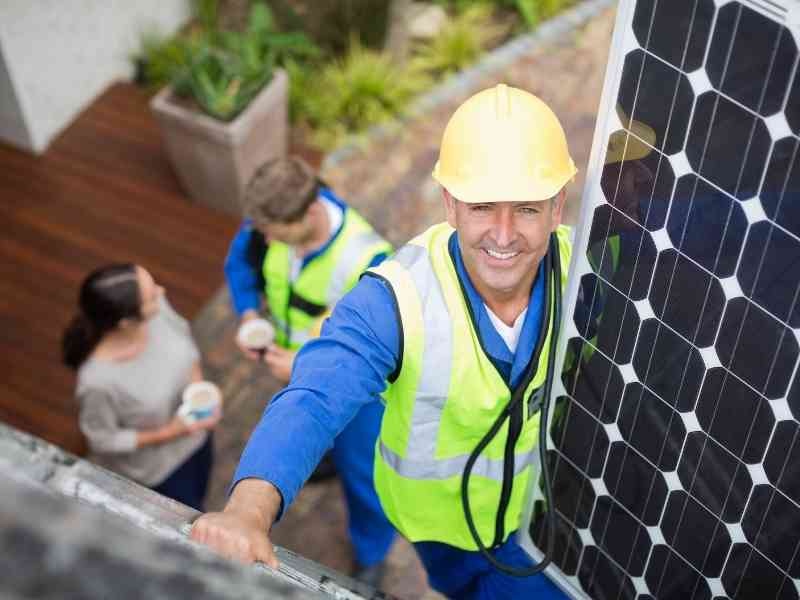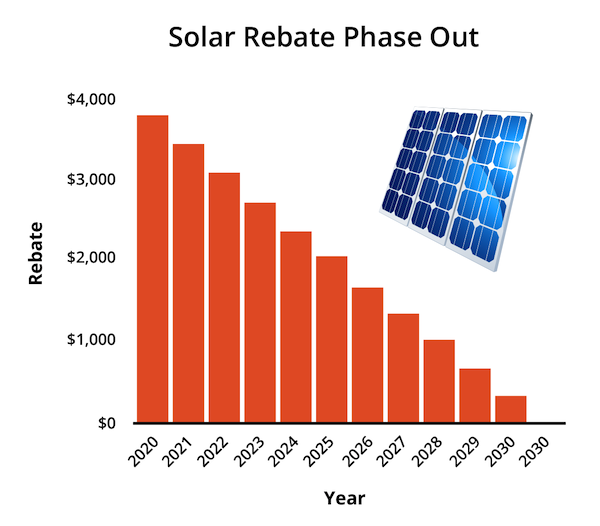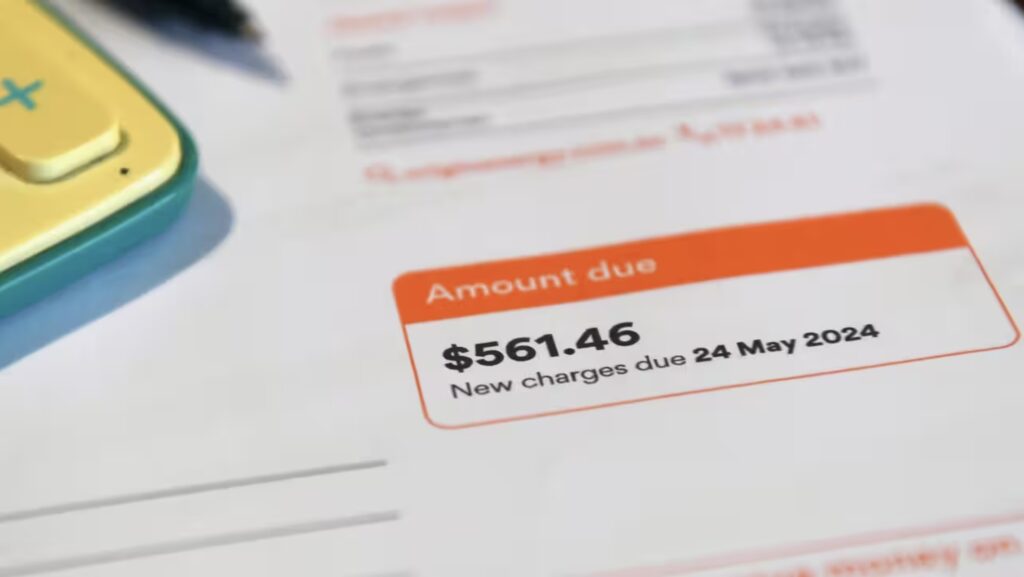Last update January 2nd, 2025 at 09:01 pm
The solar rebate has played a key role in making solar energy affordable for Australian homeowners. However, many are asking: Will the solar rebate be reduced in 2025? If you’re considering installing solar panels, understanding how rebates work and what changes to expect can help you make an informed decision.
This guide explains the solar rebate system, its annual reduction, and why acting sooner rather than later may be a smart financial move.

What Is the Solar Rebate?
The federal solar rebate, also known as the Small-scale Renewable Energy Scheme (SRES), provides financial incentives for homeowners to install solar systems. Rather than a cash payment, the rebate is delivered through Small-scale Technology Certificates (STCs).
Each certificate represents the amount of renewable energy your system is expected to generate until 2030, the program’s end date. The value of STCs fluctuates depending on market demand, but they typically reduce the upfront cost of solar installation by thousands of dollars.
The number of STCs a system generates depends on:
- System size: Larger systems create more certificates.
- Location: Areas with higher solar exposure generate additional STCs.
- Year of installation: Rebates decrease annually due to the scheme’s phase-out process.
Because the STC value fluctuates based on market demand, the final rebate amount can vary slightly.
Will the Rebate be reduced in 2025?
Yes, the solar rebate will decrease next year. The SRES has a scheduled phase-out, with the number of STCs reducing each year. This reduction is tied to the Renewable Energy Target (RET), which gradually shifts the responsibility of promoting renewable energy to market forces.
For example, if you installed a 6.6kW solar system in 2024, you may receive approximately $3,000 in rebates depending on your location. In 2025, the rebate for the same system will be slightly lower due to fewer certificates being allocated.
Why Does the Rebate Reduce Annually?
The annual reduction reflects the government’s plan to phase out the program by 2030. Several factors drive this approach:
- Mature solar market: Solar technology is more affordable and accessible than ever, reducing the need for subsidies.
- Government targets: The gradual reduction ensures a smooth transition as Australia meets its renewable energy goals.
- Market-driven growth: The aim is to encourage a self-sustaining renewable energy market.

How Much Will the Rebate Decrease?
The exact decrease depends on the number of STCs allocated to your system, which is influenced by factors like system size and location. On average, rebates drop by $300–$500 annually for a standard residential solar system.
This means homeowners who installed systems in 2024 will likely save more upfront compared to those who plan to install a system in 2025.
How Much Is the Solar Rebate Now?
Installing solar in 2025 ensures you lock in the maximum rebate available before the next reduction. If you’re unsure, consider this example:
A 10kW system installed in Sydney in 2025, the system qualifies for 82 STCs. Certificate values have stayed steady, often nearing the $40 maximum. Based on an estimated value of $38, the calculation looks like this:
82 x $38 = $3,116
That’s a substantial saving for homeowners.
The Financial Impact of Waiting
Delaying your solar installation could result in higher upfront costs. Here’s how:
- Reduced rebate: The fewer STCs your system generates, the less financial support you’ll receive.
- Increased system prices: Supply chain challenges and rising demand may drive up costs.
- Lost savings: Every month you delay, you miss out on reducing your electricity bills with solar.

Factors to Consider Before Installing Solar
Before committing to a solar system, evaluate these factors:
- System size and energy needs: Larger systems offer higher rebates and long-term savings but may cost more upfront.
- Battery storage: While not currently covered under the federal rebate, batteries can enhance energy independence.
- Location: Areas with more sunlight receive higher rebates due to increased energy generation potential.
Are Batteries Eligible for Rebates?
Currently, the federal rebate does not apply to battery storage. However, some states offer incentives for homeowners who add batteries to their solar systems. For instance, New South Wales, Victoria, and the Northern Territory have programs designed to support battery adoption.
Adding a battery enhances your system’s efficiency by storing excess energy for use during peak times. If you’re considering future-proofing your home, investing in battery-ready solar systems now is a wise choice.
Maximising Your Solar Investment
To get the most value from your solar rebate:
- Install sooner: Act before the next rebate reduction.
- Choose accredited installers: Work with Clean Energy Council-accredited companies to ensure eligibility.
- Research local incentives: Some states and territories offer additional programs to complement the federal rebate.
Should You Wait or Act Now?
Waiting for better deals might seem tempting, but delaying your solar installation often costs more in the long run. As rebates decrease, system prices may fluctuate due to supply chain factors or increased demand.
By installing solar now, you:
- Lock in the highest possible rebate.
- Start saving on electricity bills immediately.
- Benefit from a faster return on investment.
What Happens After 2030?
Once the SRES ends, new installations will no longer qualify for the federal solar rebate. However, the declining cost of solar panels and batteries may offset the absence of subsidies. Additionally, programs like feed-in tariffs, where you earn money for exporting excess energy back to the grid, will likely continue.
Final Thoughts
The solar rebate is reduced each year with the scheduled annual phase-out, installing solar now allows you to secure the highest possible rebate and start saving on energy costs immediately.
Solar remains one of the most effective ways to reduce electricity bills and support sustainable living. If you’re ready to make the switch, contact a trusted installer today to discuss your options. Acting now ensures you benefit from lower costs and maximum returns on your investment.